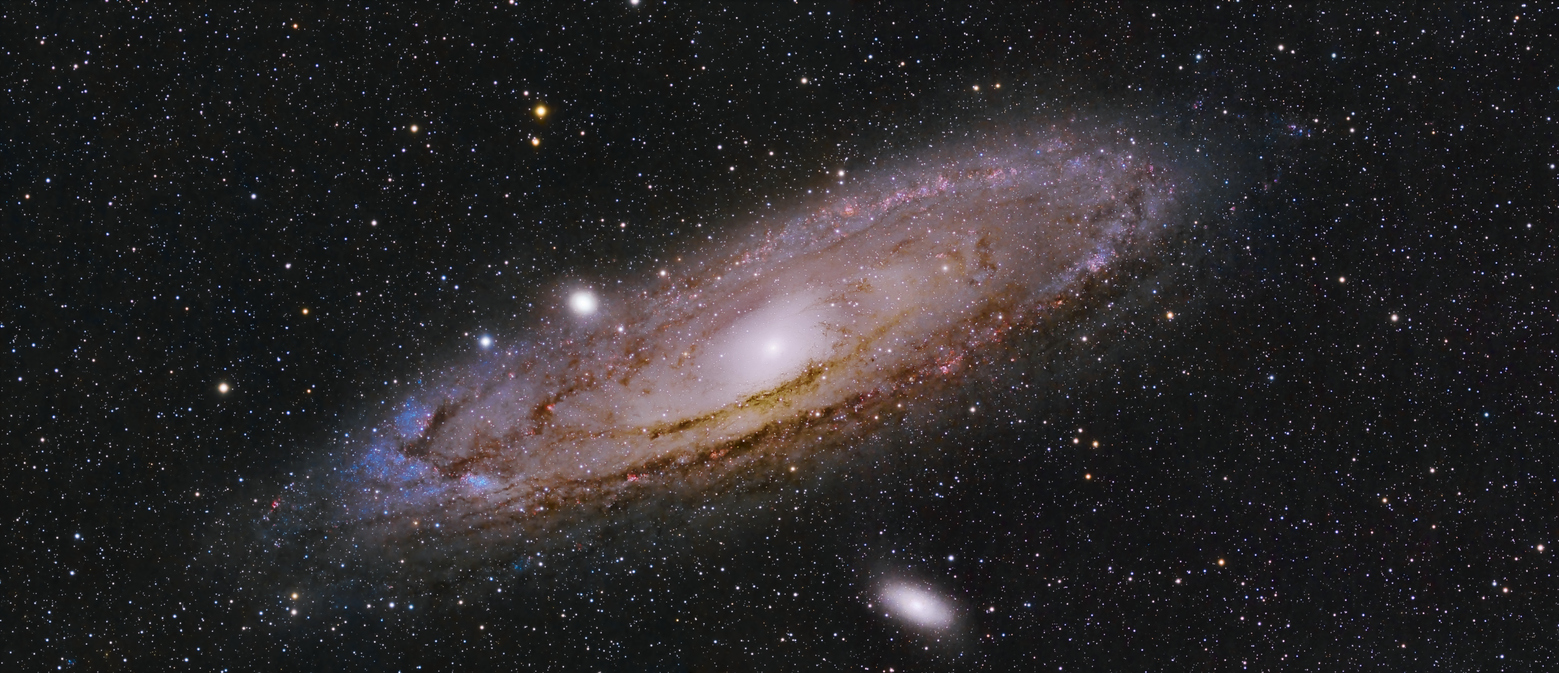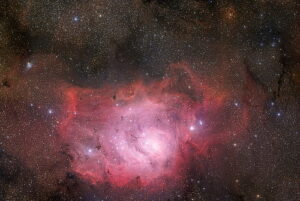
A Galaxy of 1 Trillion Stars!
What was the subject of the popular heated debate between ace astronomers, Heber Curtis, and Harlow Shapley? – The Andromeda galaxy!
Back in 1920, Shapley believed that the Pinwheel and the Andromeda galaxies were nebulae found in the Milky Way. Curtis believed that this wasn’t the case, based on the argument that the Andromeda galaxy is at a multi-million light-year distance from our Milky Way. It was later established through the work of Henrietta Leavitt, Edwin Hubble, and others that Curtis indeed was right.
It has since been determined that this galaxy has over one trillion stars. With that amount of stars and with scientists’ estimates that up to 50% of the planets that revolve around these stars may be in the Goldilocks Zone, we have an astounding possibility of life somewhere in Andromeda.
Over the years, a lot of astronomers have researched Andromeda with some of the findings listed below.
Once a Nebula?

Long before the actual expanse of the universe was realized, the rim of the Milky Way was considered to be the boundary of outer space. Within those boundaries, the fuzzy blur visible in the sky
(Andromeda) was believed to be a cluster of cosmic dust clouds forming stars. The galaxy was originally named the Great Andromeda Nebula until the powerful telescopes of the 20th century proved otherwise.
It Can Be Seen From Earth
This mammoth, dazzling galaxy is at least a 2.5 million light-year distance away from us. However, if you find a clear night sky (the pollution levels need to be down too) you can see the galaxy with the naked eye. It would appear as a scattered haze. Grab a pair of good binoculars, look towards the constellation Cassiopeia and you can witness the central region of the galaxy. A large powerful telescope will leave you in awe of the spectacular view of Andromeda.
It is Gigantic
The galaxy has a diameter that stretched across almost 220,000 light-years. A colossal structure that seems longer than the full moon at night and is 2.5 times longer in length than the entire Milky Way. It is farther than any other star visible from the earth, yet it can still be seen with the naked eye.
It is believed that the Milky Way is the most immense body in the Local Group (a galactic group based on more than 54 galaxies), but Andromeda takes the cake when it comes to being more voluminous. It contains trillions of stars, twice as many as the ones in our galaxy. It was the Spritzer Space Telescope that made this observation.
We’ve Known About It for a Lifetime
The Andromeda galaxy is visible in the night sky and has been constantly scrutinized, observed, and studied by astronomers for multiple decades.
The galaxy spawned about 10 billion years ago when several smaller protogalaxies merged together. About some 8 billion years ago it collided head-on with another galaxy that led to the formation of the giant that is Andromeda today.
Now here’s the fun part. Andromeda is moving toward our galaxy. And it’s not just moving – it’s actually on a collision course!
Let that sink in. Andromeda and the Milky Way are both moving toward each other at a speed of 120 kilometers per second. But here’s the catch: at this rate, it’ll take around 4 billion years for the galaxies to collide!
